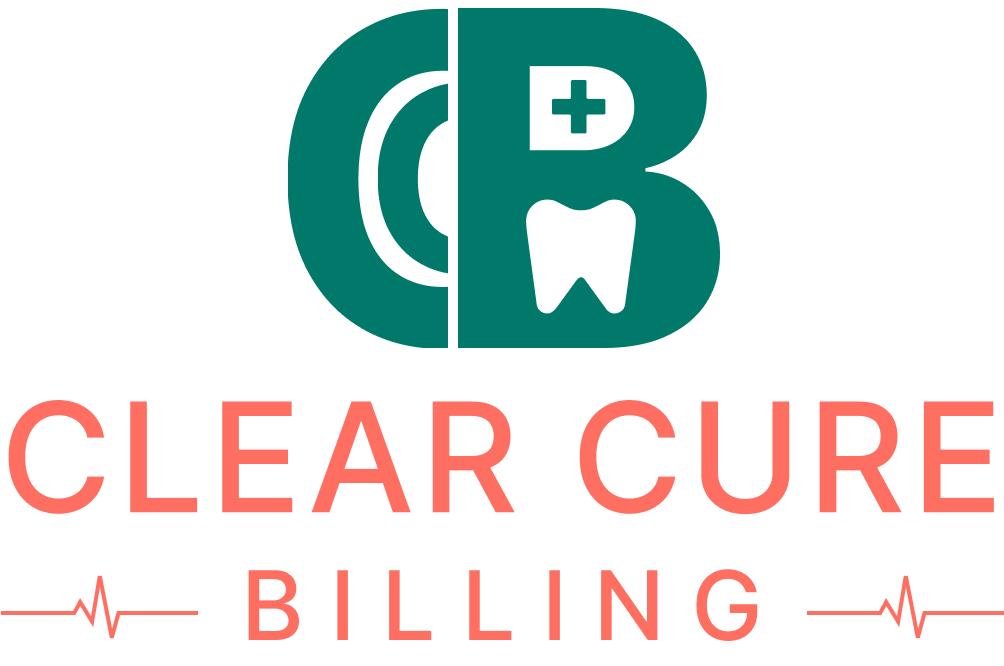The healthcare industry is undergoing a major transformation. For decades, the traditional fee-for-service model rewarded quantity over quality — but that model is rapidly becoming obsolete. Today, value-based care is reshaping the way providers deliver services, measure outcomes, and interact with patients. This shift emphasizes improved patient health, preventive measures, and overall care coordination rather than the number of visits or procedures performed.
For healthcare providers, this transition represents both a challenge and an opportunity. Those who adapt effectively will not only comply with evolving regulations but also achieve stronger patient outcomes and improved financial performance.
The Evolution of Value-Based Care
Value-based care represents a fundamental change in how healthcare is delivered and reimbursed. It aligns clinical outcomes with compensation, encouraging providers to focus on long-term patient wellness and coordinated treatment plans. The move away from volume-based reimbursement systems helps reduce unnecessary tests, duplicate services, and inflated healthcare costs.
In this model, healthcare organizations are evaluated based on key metrics such as patient satisfaction, preventive care measures, and treatment efficiency. Physicians who consistently meet or exceed performance benchmarks are rewarded with higher reimbursements, while those who underperform may face penalties. This approach encourages providers to invest in technologies, workflows, and analytics that support high-quality, cost-effective care.
The Role of MIPS in Modern Healthcare
A critical component of the value-based care system is the Merit-Based Incentive Payment System, or MIPS. This program consolidates several prior quality initiatives into a single framework designed to assess and reward performance. MIPS scores providers on categories such as quality, cost, improvement activities, and interoperability. The outcome of these scores determines whether providers receive positive, neutral, or negative payment adjustments.
This is where MIPS Reporting Solutions for Healthcare Providers play a vital role. Accurate and timely MIPS reporting helps practices collect, analyze, and submit data across all relevant categories. By leveraging a robust reporting solution, providers can streamline workflows, ensure compliance, and optimize reimbursements. The right solution can also help track progress throughout the year, identify underperforming measures, and make data-driven decisions before submission deadlines.
MIPS reporting isn’t merely a regulatory requirement — it’s an opportunity to elevate practice performance. With the proper tools and expertise, healthcare providers can transform reporting into a powerful mechanism for continuous improvement and value creation.
Practical Steps for Healthcare Providers
To successfully transition into a value-based model and maximize MIPS performance, healthcare organizations should focus on three key areas:
-
Evaluate Current Performance Metrics
Start by reviewing your current performance across all relevant MIPS categories. Identify where your practice is excelling and where improvements are needed. Understanding your baseline data is crucial for setting achievable goals and tracking progress. -
Select Measures That Align with Your Specialty
Choose performance measures that best reflect your patient population and clinical services. Not every metric applies equally to every provider. Tailoring your reporting approach ensures that your efforts directly impact both compliance and care quality. -
Integrate Reporting Solutions into Workflows
Adopt a reporting system that seamlessly integrates with your electronic health records (EHR) and existing workflows. Automation minimizes administrative burden, reduces human error, and ensures that clinicians can focus more on patient care rather than paperwork.
By implementing these steps, healthcare organizations can simplify the complex MIPS process and maintain compliance without disrupting day-to-day operations.
The Benefits of Effective MIPS Reporting
Implementing an efficient MIPS reporting solution offers multiple advantages beyond compliance:
-
Higher Reimbursement Rates: Strong performance under MIPS directly translates to positive payment adjustments.
-
Operational Efficiency: Automated reporting reduces manual data entry, freeing up staff to focus on patient care.
-
Improved Patient Outcomes: By tracking performance indicators, providers can identify areas for clinical improvement and patient engagement.
-
Regulatory Confidence: With accurate and timely submissions, practices can avoid penalties and maintain peace of mind.
-
Enhanced Reputation: High MIPS scores reflect positively on the practice, reinforcing credibility and attracting new patients.
These benefits demonstrate that MIPS is not just about meeting standards—it’s about continuously improving healthcare delivery and patient satisfaction.
Common Challenges and How to Overcome Them
Despite the benefits, many healthcare organizations struggle with the complexities of value-based care and MIPS reporting. Some common challenges include limited staff resources, data integration issues, and difficulty staying updated with changing requirements.
To overcome these barriers, providers should prioritize training, automate data collection, and work with specialized billing and reporting partners. Outsourcing certain functions to a trusted medical billing company can ensure accuracy, compliance, and timely submissions — allowing providers to focus on what they do best: delivering exceptional patient care.
The Future of Value-Based Care
As healthcare continues to evolve, value-based programs will only grow in importance. New frameworks, such as MIPS Value Pathways, are being introduced to simplify participation and create more meaningful measures. Providers who adapt early will gain a competitive edge — improving both clinical and financial outcomes.
Embracing MIPS and other value-based initiatives requires commitment, technology adoption, and data transparency. By leveraging professional reporting solutions and expert billing support, healthcare providers can turn compliance into a catalyst for success.
Conclusion
The transformation from fee-for-service to value-based care is reshaping every aspect of healthcare delivery. MIPS reporting lies at the heart of this change, serving as both a compliance requirement and a strategic advantage.
With effective MIPS Reporting Solutions for Healthcare Providers, practices can simplify data management, enhance patient outcomes, and secure higher reimbursements. The future of healthcare belongs to those who not only adapt to change but embrace it as an opportunity to deliver better, smarter, and more sustainable care.


